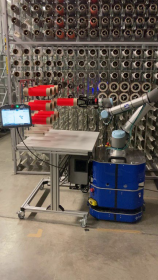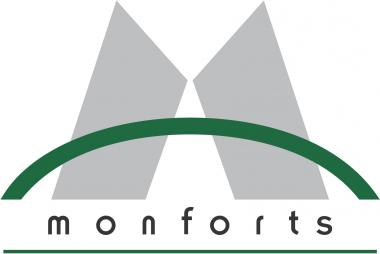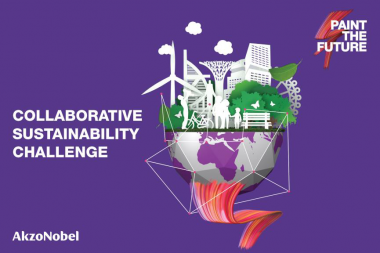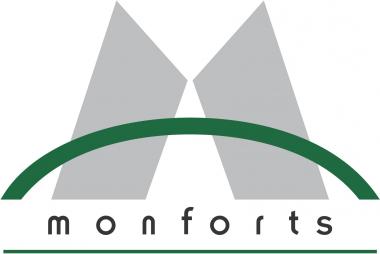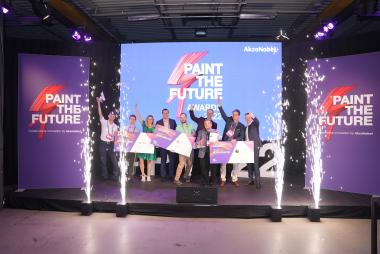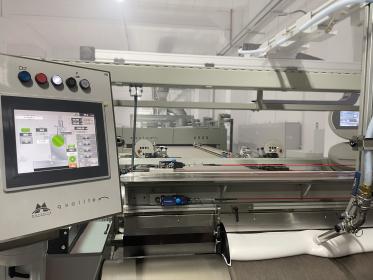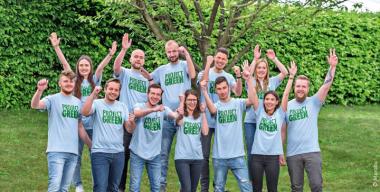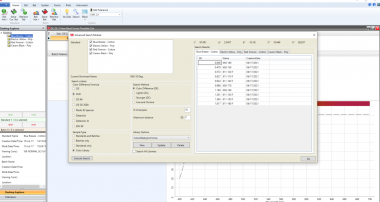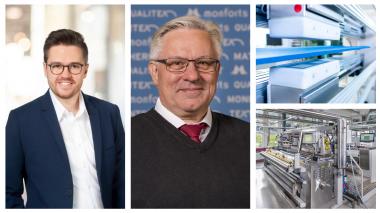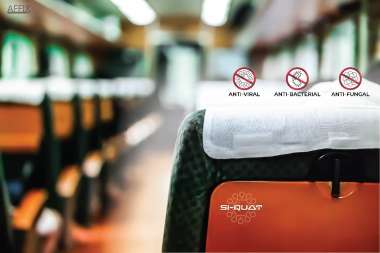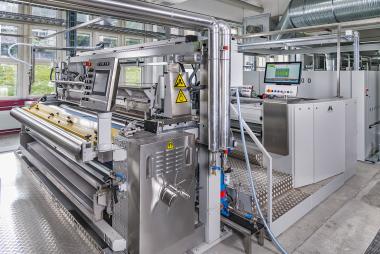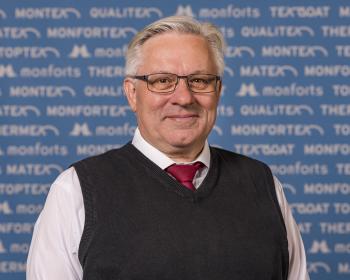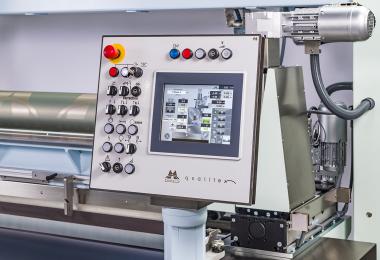AkzoNobel and partners team up to hack carbon reduction challenges
A boundary-pushing approach to hacking carbon reduction challenges has been established by AkzoNobel and partners from across the extended value chain following the company’s first ever global Collaborative Sustainability Challenge.
During 24 hours of intense discussion at the pioneering event a series of high impact exploration teams was set up. Those involved will now continue to work together in a determined effort to collectively accelerate the reduction of carbon emissions in the paints and coatings industry.
The participants – represented by senior and next generation leaders – hacked four key areas: energy transition, process efficiency, solvent emissions and circular solutions. It resulted in 27 partners signing up, including suppliers, customers and end-users, as well as representatives from finance, government, service providers and consultancies.
AkzoNobel has set science-based sustainability targets to halve its carbon emissions across the full value chain by 2030. Achieving that ambition will rely heavily on collaborating with partners and challenging each other to find innovative ways to overcome the unprecedented challenges everyone faces.
AkzoNobel






